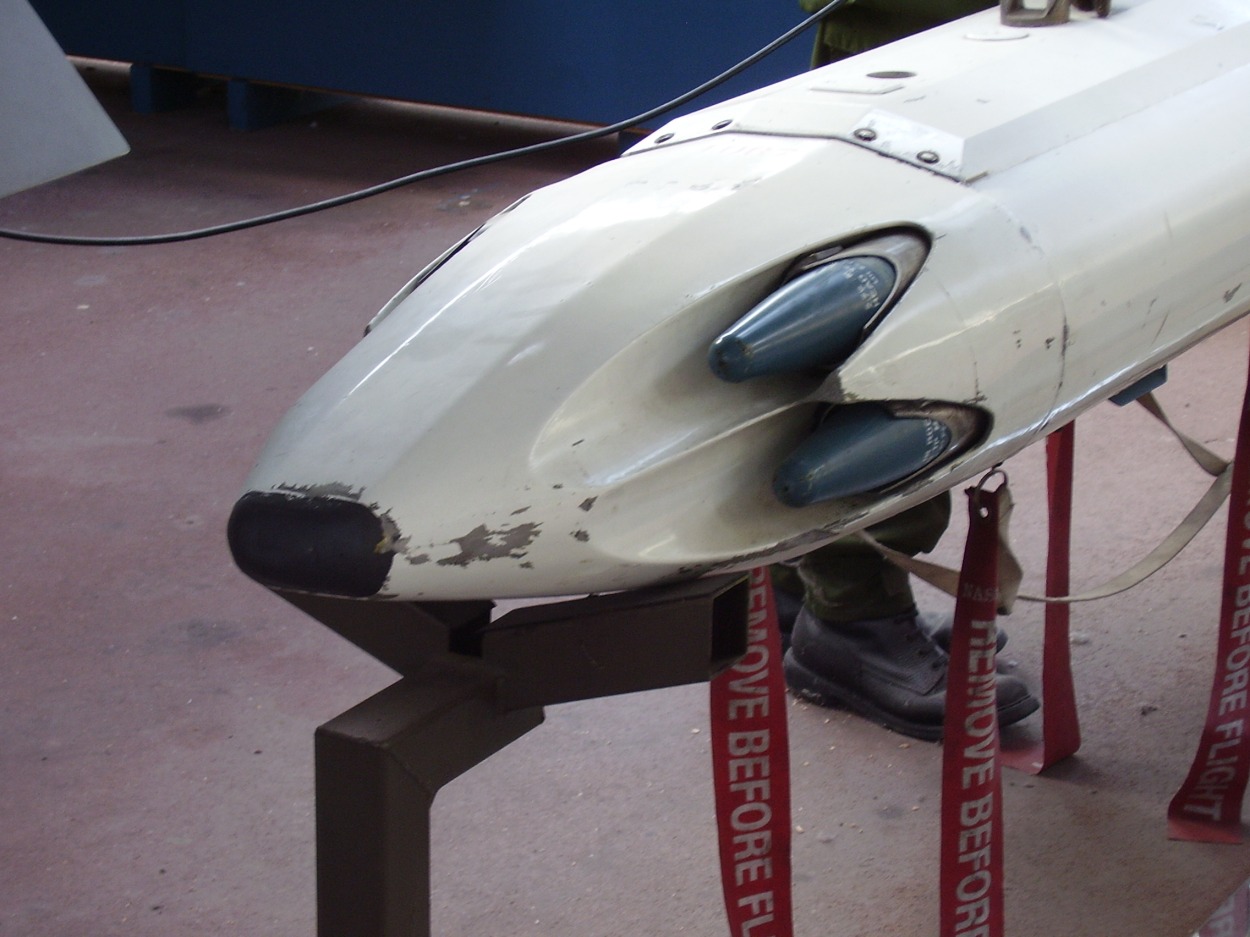As uncertainty lingers over Western military aid to Ukraine, Canada’s opposition Conservative Party has urged the government to supply the outdated CRV7 air-to-ground rockets to Kyiv’s forces shortly.
‘Challenger’ To B-21 Raider, Russia’s PAK DA Stealth Bomber On Time; Demo Model Expected In 2024
The Liberal government is under pressure from the federal Conservatives to transfer tens of thousands of surplus air-to-ground rockets that are supposed to be disposed of to Ukraine, CBC News reported.
Opposition leader Pierre Poilievre requested a bill to modernize the Canada-Ukraine free trade agreement on February 2 during the House of Commons discussion on a bill.
In a press statement published subsequently, the party said, “Since 2018, common sense Conservatives have been calling on the Trudeau Government to do more to support Ukraine so they can defend their country from Russia’s illegal invasion.
“This includes both sending surplus weapons to Ukraine’s armed forces and replacing Russian oil and gas with Canadian energy for our closest allies, which creates jobs for Canadian workers instead of fueling Putin’s war machine.”
Making a case for CRV7 rockets, Poilievre said, “It’s time for less talk and more action. Currently, the Canadian Armed Forces is sitting on a stockpile of 83,000 CRV7 rockets that the Trudeau government has slated for disposal. Ukraine has asked the Government of Canada to provide them with these surplus weapons.
“Instead of making Canadians pay millions of dollars to decommission these weapons, common sense Conservatives are calling on the Trudeau government to give these weapons to Ukraine who can use them in the defence of their sovereignty.”
The Canadian Armed Forces own 83,303 CRV7 rockets, obsolete weapons from the 1980s that were taken out of service in the early 2000s. A deal to dispose of the missiles over multiple years was inked by the federal government three years ago.
URGENT! Canada will dispose of 83,000 CVR7 Rockets; Ukraine has requested them. Please support this request! @BillBlair @melaniejoly Ukraine desperately needs munitions & rockets. An official request has been submitted to @Canada We need your voice to make this happen. #NAFO… pic.twitter.com/pH8Fe7tyel
— Kate McKenna (@KateMcKenna28) December 4, 2023
Poilievre acknowledged that rather than decommissioning or scrapping the CRV7s, Ukraine has requested that Canada transfer them. The Canadian government seems cognizant and is considering potentially transferring these missiles to Ukraine. However, a formal decision has yet to be made.
The missiles are still in the possession of the Department of National Defense (DND), and they are being evaluated for potential inclusion in a future military contribution package. However, a defense officer said the transfer wouldn’t be easy because while Canada still has tens of thousands of rockets and engines, not all are equipped with warheads.
“Before sending equipment to Ukraine, we coordinate closely with Ukraine to ensure that any donation would meet its military needs, and we examine the operational effectiveness of the equipment,” said Daniel Minden in a media statement.
“We are following this process for the CAF’s stock of CRV7 rockets, purchased decades ago. In particular, we are pursuing testing to ensure that this equipment is operationally effective and safe to transport to Ukraine before any potential donation.”
The Canadian government may find itself walking on a tightrope, given that it has come under the scanner for not delivering the weapons that were promised to Ukraine long ago. For instance, there is still no update on the cutting-edge NASAMS pledged by the Canadian government to the Ukrainian Armed Forces (AFU) in January 2023.
On January 10, 2023, Canada announced it would give Ukraine the US$406 million NASAMS surface-to-air missile defense system. However, currently, it is unclear if the Canadian government knows when the system will finally be delivered to Kyiv. This has come as a rude shock given that the country maintains that it already paid US$ 406 million to the US government in March 2023.
The Canadian government has come under fierce criticism for its inability to arm Ukraine with promised air defense equipment when the latter is grappling with an unending barrage of missiles and drones.
“Justin Trudeau has tried to divide and distract Canadians in his rhetoric on Ukraine, but he has failed to deliver the military equipment that Ukraine actually needs. He has failed to increase the production of much-needed 155 mm artillery shells despite promising Ukrainians he would do so, and has not sent the NASAMS air defense system, even though he announced he would over a year ago. Ukrainians can’t defend themselves with photo ops,” said the Conservative leader.
What Do We Know About the CRV7 Rockets?
Online campaigns to donate the 12 former army Counter-Rocket, Artillery, and Mortar (C-RAM) defense systems and the CRV7s have been launched by pro-Ukrainian activists.
Supporters have been informed that up to 8,000 rockets still have operational warheads that may be supplied right away, with the remaining rockets perhaps being used as spare components.
The CRV7 was one of the most potent air-to-ground attack rockets of its era when it was designed during the Cold War and manufactured by Bristol Aerospace in Winnipeg, Manitoba. It was still in use with allies throughout the Afghan War.
It was first released in the United States as an improved 2.75-inch air-to-ground rocket at the beginning of the 1970s. As the first weapon with enough energy to penetrate typical Warsaw Pact aircraft hangars, it was also the most potent weapon in its class.
The CRV7 remains one of the most potent and lethal air-to-ground attack rockets. For Western-aligned forces operating outside of the US, it has gradually come to be accepted as the de facto standard.

They are equipped with various types of warheads, one of which, the 7.3-kilogram variety, can penetrate severely fortified or armored targets and may be fired from attack helicopters and fixed-wing bombers.
Additionally, the rocket’s nearly 4,000-meter maximum effective range enables deployment from locations outside the typical envelope of short-range anti-aircraft systems that may line the frontline.
Among the nations that have utilized the rockets are the United Kingdom, France, Germany, and the Czech Republic. Canadian fighter pilots employed missiles in Europe during the Cold War.
“It was a significant increase in both range and lethality because of the extra speed of the rocket; when the warhead did impact, it had a pretty devastating effect on whatever it was aimed at,” said André Deschamps, a retired lieutenant-general, the former chief of the air staff and the commander of the Royal Canadian Air Force who flew he CF-104 Starfighter, which was equipped to carry the CRV7.
It is unclear which aircraft Ukraine would use to fire the CRV7 rockets if the Canadian government decided to supply them. However, the war-torn country has adopted several of its Soviet legacy fighters, including the Su-24 and MiG-29, to fire missiles provided by its partners in the West. Additionally, it is also slated to receive the F-16s that were promised to it by NATO in 2023
- Contact the author at sakshi.tiwari9555 (at) gmail.com
- Follow EurAsian Times on Google News




